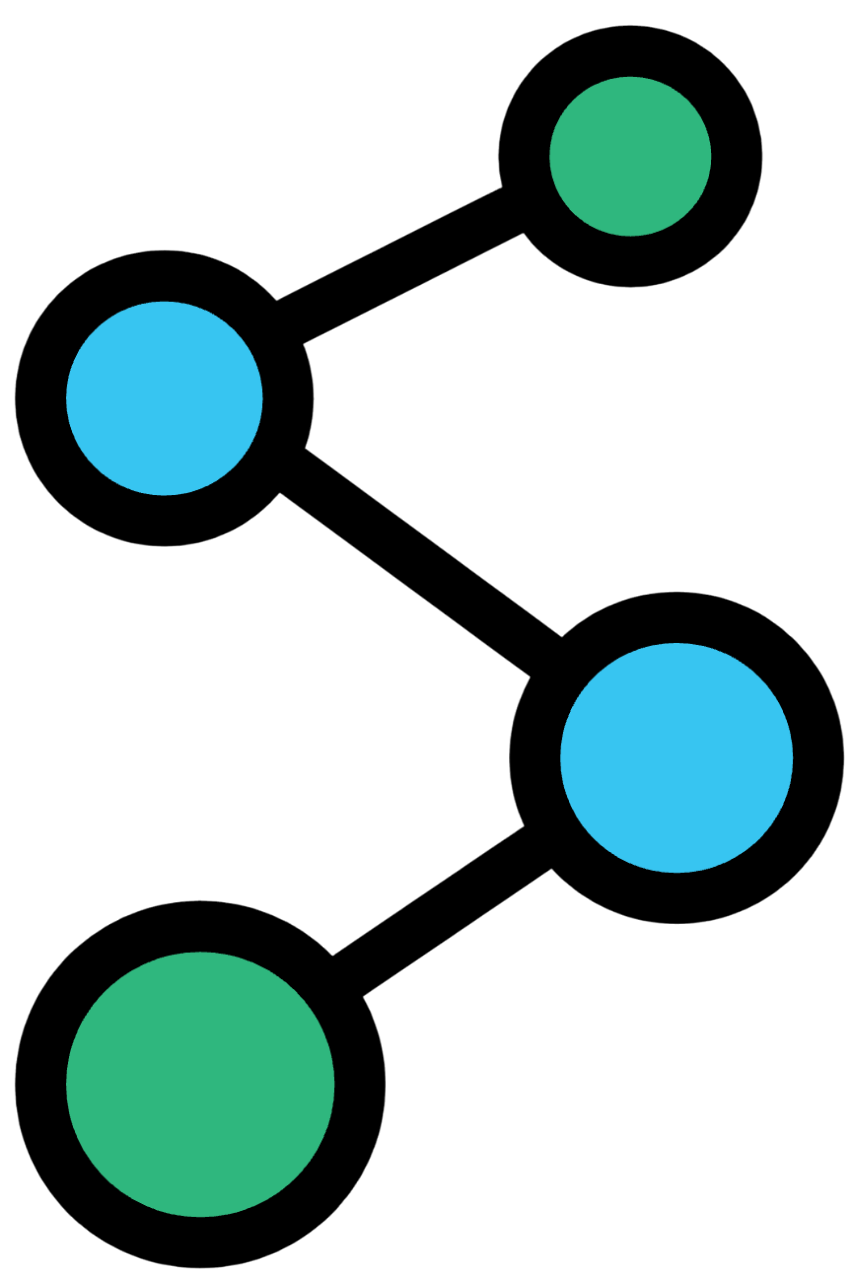Paper
How Powerful are Graph Neural Networks?
Authors
Keyulu Xu, Weihua Hu, Jure Leskovec, Stefanie Jegelka
Abstract
Graph Neural Networks (GNNs) are an effective framework for representation
learning of graphs. GNNs follow a neighborhood aggregation scheme, where the
representation vector of a node is computed by recursively aggregating and
transforming representation vectors of its neighboring nodes. Many GNN variants
have been proposed and have achieved state-of-the-art results on both node and
graph classification tasks. However, despite GNNs revolutionizing graph
representation learning, there is limited understanding of their
representational properties and limitations. Here, we present a theoretical
framework for analyzing the expressive power of GNNs to capture different graph
structures. Our results characterize the discriminative power of popular GNN
variants, such as Graph Convolutional Networks and GraphSAGE, and show that
they cannot learn to distinguish certain simple graph structures. We then
develop a simple architecture that is provably the most expressive among the
class of GNNs and is as powerful as the Weisfeiler-Lehman graph isomorphism
test. We empirically validate our theoretical findings on a number of graph
classification benchmarks, and demonstrate that our model achieves
state-of-the-art performance.
